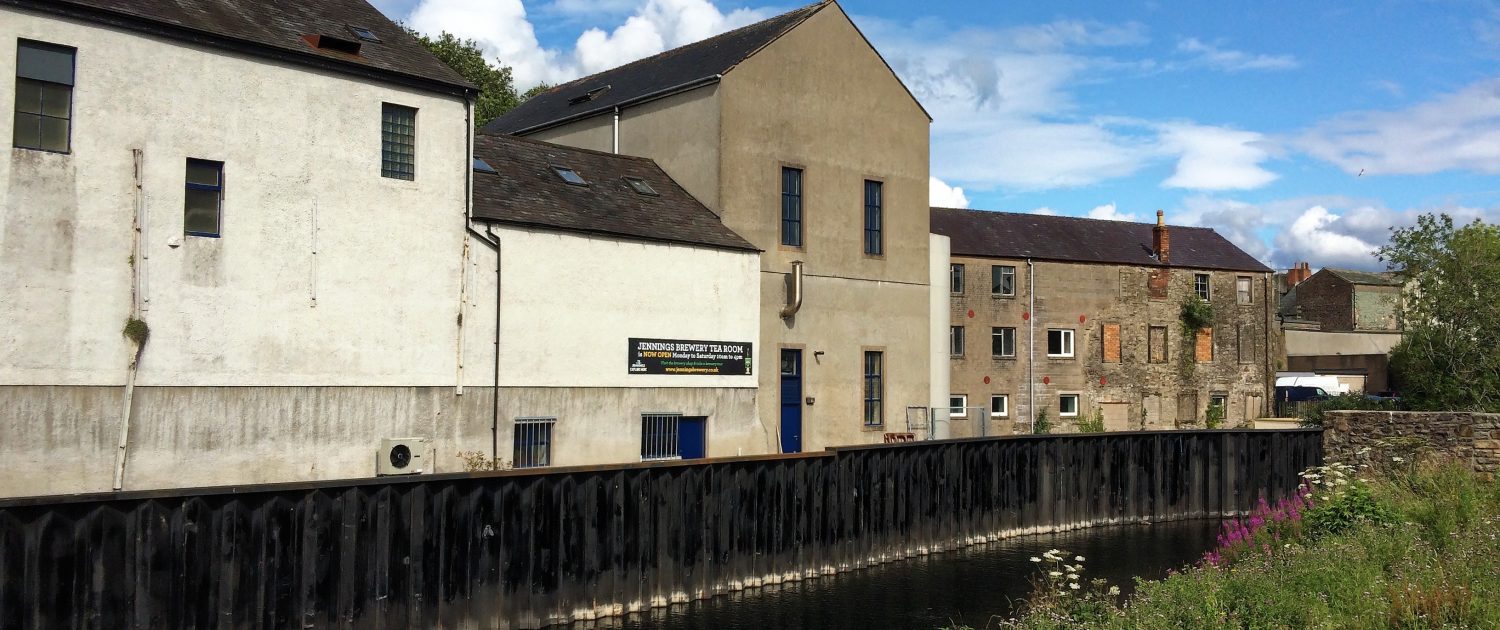Human activity in River Landscapes
Human activities such as building, farming, logging and industry have a significant impact on river landscapes and rivers.
Urbanisation
An increasing amount of land is built on as urban areas have grown in the UK. This includes construction on flood plains. Surfaces that were formally permeable have become impermeable due to the use of materials such as concrete and tarmac. Water cannot infiltrate these surfaces, leading to an increase in surface run-off. Gutters and drains quickly transfer water to rivers, leading to a rapid increase in river discharge.
Due to more water entering the river channel in a shorter period of time, the river has more energy increasing the amount of erosion and transportation. Additionally, rivers are more likely to flood due to the increased volume of water. As a result of this humans are more likely to manage rivers to reduce the risk of flooding. The construction of river defences can have a significant impact on rivers and river landscapes.
Agriculture
Farming influences rivers and river landscapes in a number of ways. Water is extracted from rivers for irrigation (watering crops), reducing the volume of water within the channel. This decreases its capacity to erode and transport materials. Deposition is likely to occur with a decrease in the volume of water in the river.
As farms have become more intensive vegetation cover such as hedgerows have been removed. This decreases interception, leading to higher levels of surface run-off. Also, ploughing land leads to more soil being eroded when it rains, increasing sediment load in rivers. Deposition will increase further downstream.
Many farms have draining systems to remove water from the soil to rivers. This leads to a rapid transfer of water to rivers, increasing discharge and erosion and transportation.
Industry
The development of industry, like urbanisation, leads to an increase in impermeable surfaces and therefore greater surface run-off.
Chemical weathering can increase in river landscapes due to air pollution from factories and vehicles making rainfall more acidic.
Many industrial areas are located close to rivers as they are accessible by ships. In order to maintain deep channels for vessels dredging can occur. This increases the flow of water and erosion. Dredging also reduces the risk of flooding because the river channel has a greater capacity.
Related Topics
Use the images below to explore related GeoTopics.



